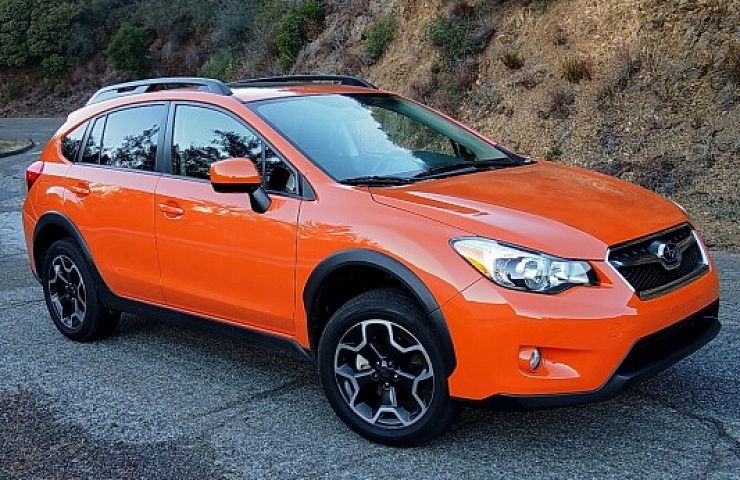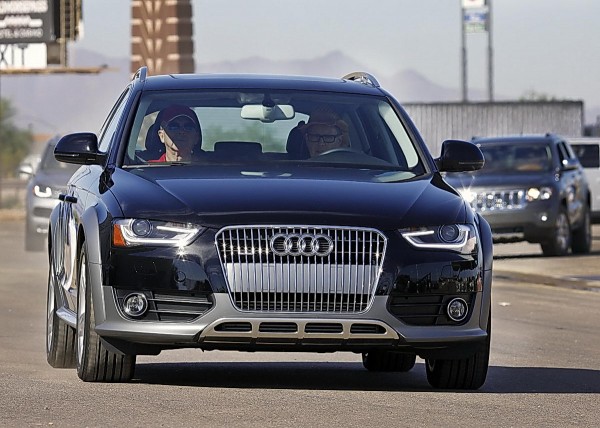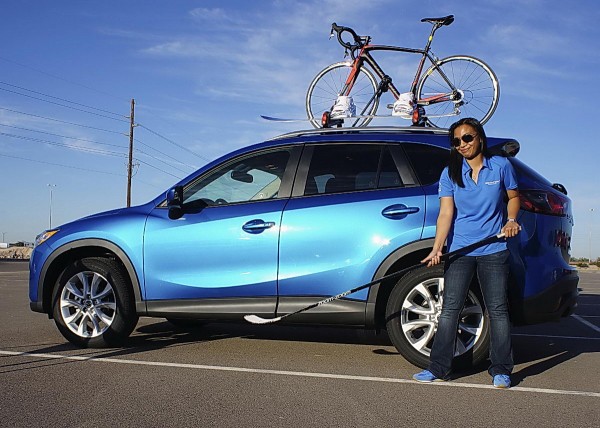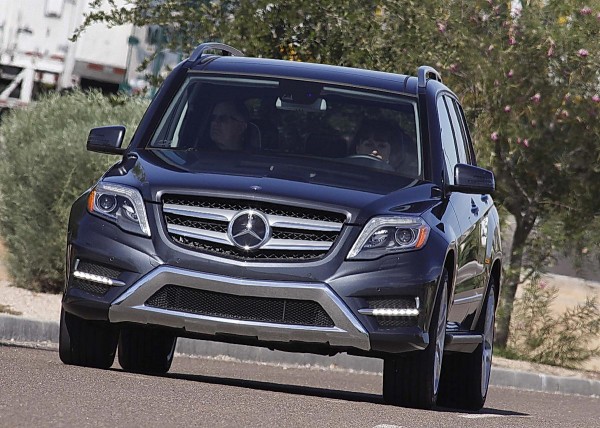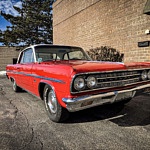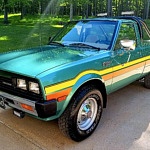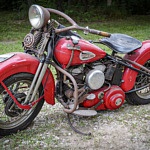By Nina Russin
Compact crossovers have become the go-to vehicles of the current millennium. Although the terms CUV and SUV are used interchangeably, a sport-utility vehicle is a truck with body-on-frame construction, whereas crossovers are unibody construction, similar to passenger cars.
While crossovers lack the extreme off-road capability four-wheel drive sport-utility vehicles provide, they have the advantage of better fuel economy and more refined handling. As the popularity of the compact segment grows, so does the dizzying array of options, ranging from performance-oriented Mercedes-Benz GLK to the trail-happy Subaru XV Crosstrek.
Since most buyers considering buying a crossover do so because of lifestyle, I’ve divided the segment according to three types of buyers: urban commando, multitasker and gnar junkie.
Urban Commando
The urban commando needs a car with the fuel economy and available safety features to handle daily commutes through rush hour traffic.
- Stay connected: Bluetooth handsfree interface is essential for anyone using a phone in his/her car, especially in states such as California that ban using hand-held devices while driving. Some new cars, including the Audi Allroad, have the ability to function as mobile hotspots when owners are out of the office. The Allroad also offers Google Earth imaging on its available navigation system.
- Smaller engines provide better gas mileage: Four-cylinder engines continue to improve in power and performance, rivaling what V-6 blocks did just a few years back. In general, the smaller the engine, the better the gas mileage.
- Turbochargers increase power and boost fuel economy: Turbochargers are exhaust-driven blowers that force air through the engine for better efficiency. Computer controls have eliminated many of the maintenance headaches that turbochargers suffered from decades back. In addition, the blowers reduce the car’s parasitic power loss at altitude.
- Pay the premium for accident avoidance features: New safety technology including blind spot monitoring, lane departure warning, rearview cameras with cross traffic alert, adaptive cruise control and auto-brake help commuters avoid accidents on increasingly crowded roads. Some of these systems are radar-based while others utilize small cameras positioned strategically around the vehicle. Since several systems on the car typically share the same sensing devices and computers, the features are offered together in option packages.
Multitasker
Parents trying to keep up with their children’s activities as well as their own careers need a vehicle that fills all the squares with a minimum of fuss.
- Make sure child safety seats fit: Although the universal tether design has resolved most compatibility problems, it’s still important to test child seats in any vehicle under consideration. Make sure that the rear doors open wide enough to lift the seat inside. If the seat has a bar that goes over the child’s head to secure him or her in place, the vehicle needs enough headroom for that to happen. Vehicles such as the Dodge Journey with available integrated child booster seats eliminate the problem altogether.
- Make second-row seating first class: Air vents, either in the B pillars or behind the center console are important for circulating air through the back of the cabin to keep kids comfortable in temperature extremes. A 115-volt power point enables kids to plug games in: a less expensive alternative to the pricier rear seat DVD systems.
- Keep cleanups simple: Stain-resistant fabric upholstery is easier to maintain than leather, and it stays cooler in the summer.
- Emergency assistance: Concierge systems such as OnStar and Lexus Enform can automatically notify police and emergency medical personnel in the event of a serious collision. The driver can also contact operators at remote call centers using a microphone in the rearview mirror to get turn-by-turn directions. OnStar’s FMV unit is an aftermarket product that provides similar services, and is compatible with most vehicles.
Gnar Junkie
Gnar junkies are the Clark Kent’s of the car buying world. During the week, they work as doctors, investment bankers and IT engineers, but after hours, it’s all about the adrenaline, be it mountain biking, triathlon, climbing or snowboarding.
- Pay the premium for all-wheel drive: All-wheel drive systems utilize sensors at the wheel to detect slippery road conditions, sending engine power to the wheels with the best traction. The technology varies by manufacturer. Some systems simply divide engine torque front-to-rear, whereas others use a torque-vectoring differential to vary the power from side to side as well.
- Test-drive the cargo bay: Cargo area design is key for buyers who have bicycles, skis and snowboards, even if they plan to install roof or rear-mounted racks. If the weather is bad or the danger of theft is high, it’s nice to be able to lock the gear inside the car. Most crossovers have fold-flat second-row seats, but some are easier to fold down than others. Make sure that the seats can fold completely flat without removing the headrests or seat cushions. When the seats are folded, the pivot points should line up with the surface of the cargo floor so they don’t create a bump. A rubber cargo mat is easier to clean and slide items over than carpeting. Twelve-volt power outlets in the cargo bay come in handy on camping trips.
- Check the lift-over height: A low lift-over height makes it much easier to lift large items into the cargo area and secure them. Subaru does a great job of this, while providing plenty of ground clearance for vehicle to clear rocks and roots on unimproved roads.
- Tie-down systems secure large cargo. Some cargo areas have built in tracks for tie-down systems, while others have a variety of hooks and loops. Make sure that the tie-down system in the car you are considering is adequate for the gear you’ll be loading in back.
Putting it all together
The wonderful thing about buying cars in the electronic age is the wealth of information available at buyers’ fingertips. Before purchasing any vehicle, it’s a good idea to check out the vehicles’ NHTSA and IIHS crash test ratings, EPA fuel economy estimates, and use one of the available online tools to calculate cost of ownership.
Used car buyers should look up a vehicle history report to see if the vehicle has been in any serious collisions, and ask the current owners for a paper trail indicating scheduled maintenance procedures.
The newest generation of compact crossovers are high performing, fuel-efficient machines with the available technology to serve as a mobile office. Using this guide as a starting point should take some of the confusion out of shopping, and get prospective owners pointed in the right direction.

